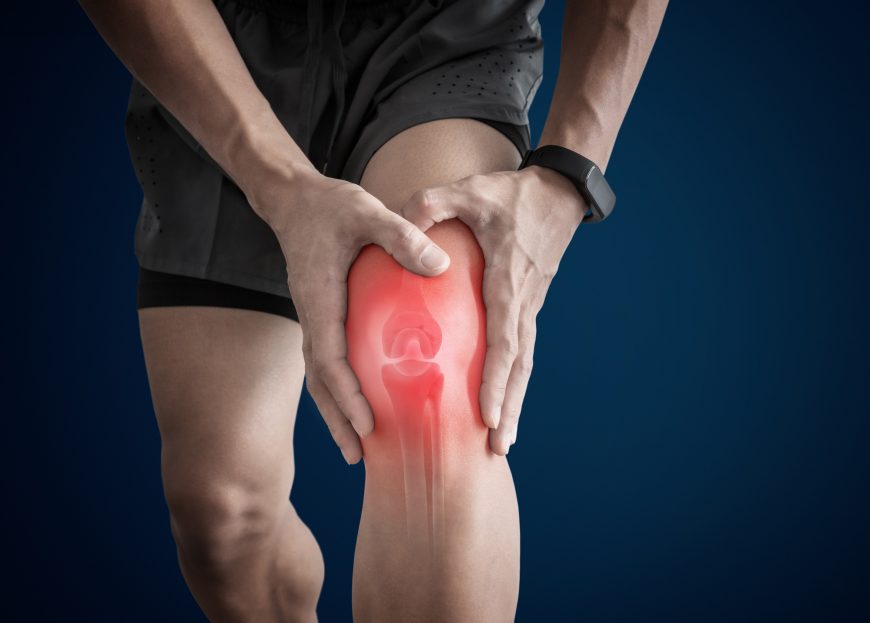|
In the high-octane world of stunts, understanding the mechanics of the human body isn't just a necessity; it's an obsession. As a pioneer in our field, wholly devoted to the study and training of stunts, The International Stunt Academy is a leading source of research and development related to body dynamics, movement, and optimum performance. Our explorations often lead us down unexpected paths, unearthing fascinating insights about the extraordinary interconnections within our bodies. One such discovery is the surprising link between foot posture, specifically pronation, and knee pain - an issue that transcends disciplines and affects athletes worldwide. In this article, we'll explore the intricate relationship between pronation and knee health, examining how footwear choices and functional training can play a pivotal role in both causing and preventing these issues. Knee pain, particularly prevalent in athletes and stunt professionals, is often traced back to an unlikely suspect - the feet... In this article we will cover
Knee pain is a prevalent issue amongst athletes of all disciplines. It’s particularly common in disciplines such as stunt work, where rapid movements, jumps, and impact forces place tremendous stress on the lower body, especially the feet and knees. Understanding the root cause of this discomfort often leads us down an unexpected path — to the feet. Here we delve into how pronation, or over-pronation, can be a leading cause of knee pain and associated disorders, and what you can do to prevent and treat these issues. Pronation and its Impact on Knee Health Pronation is a natural inward roll of the foot that occurs when we walk or run. However, issues arise when the foot rolls inward excessively, leading to over-pronation or flat feet. This misalignment can disrupt the biomechanics of the lower body and trigger a chain of problems that can climb up the kinetic chain to the knees, hips, and even lower back. When our feet don't properly align, the knees tend to turn inwards, a condition colloquially known as 'knock knees'. This incorrect alignment places undue stress on the knee joints, leading to various types of knee discomfort and injuries. Moreover, the footwear trends among younger people, which favour style over support (like sliders, crocs, flip-flops, ballet pumps), often exacerbate this issue. Knee Pain: The Indications and Conditions Amongst the diverse range of conditions associated with incorrect foot pronation and knee pain, some of the most common include:
Muscle Fatigue, Inflammation, and Joint Pain: An Interconnected Web The human body operates as a complex, interconnected system where the health and function of one part can significantly influence another. This is particularly true when it comes to the relationship between our muscles, tendons, ligaments, and joints. Overworking or straining these structures in an attempt to correct misalignments, such as those caused by over-pronation, can lead to a cascade of issues including muscle fatigue, inflammation, and joint pain. When the foot over-pronates, the arch collapses and rolls inward excessively, disrupting the natural alignment and function of the foot. In response to this, muscles, tendons, and ligaments have to work overtime to bring the foot back to its natural position. This constant compensatory action can cause these soft tissues to become fatigued and overstrained. Muscle fatigue, in this context, is more than just feeling tired or weak. It refers to the reduction in the muscles' ability to generate force due to overactivity or strain. Over time, this fatigue can lead to muscle stiffness, spasms, and even changes in gait or body posture. Strained muscles and tendons, over time, can become inflamed - a condition known as tendinitis. This inflammation can cause pain, swelling, and difficulty in movement. Moreover, prolonged inflammation can weaken these tissues, making them more susceptible to injuries, such as tears and ruptures. Furthermore, the constant stress exerted by over-pronation can impact nearby joints, particularly the ankle and knee joints. Chronic inflammation and strain can wear down the cartilage that cushions these joints, leading to conditions like osteoarthritis, characterised by joint pain, swelling, and decreased range of motion. In essence, over-pronation not only disrupts the natural function of the foot but can also start a chain reaction of muscle fatigue, inflammation, and joint pain if not addressed timely. Through a combination of appropriate footwear, targeted functional training, and professional guidance, individuals can correct over-pronation, reduce the stress on muscles, tendons, and ligaments, and in turn, alleviate joint pain. It's essential to listen to your body and seek help when needed. Aches and pains are often the body's way of signalling that something is off. So, if you're experiencing persistent pain, it's best to consult with a healthcare professional to get to the root of the issue and start the journey towards recovery. The Crucial Role of Footwear in Preventing Pronation Footwear plays a pivotal role in maintaining the health and alignment of our feet. Proper footwear can help support our natural gait, promote correct foot alignment, and protect us from over-pronation and associated injuries. On the other hand, unsupportive or ill-fitted footwear can exacerbate or contribute to these problems. Common footwear trends among younger people often lean toward styles such as sliders, crocs, flip-flops, and ballet pumps. While these shoes may be comfortable and stylish, they typically lack the necessary support for athletic individuals, their training and their natural tendencies to be more active generally / casually. Here's how they contribute to pronation:
Moreover, continuous training in unsupportive shoes can cause the muscles and tendons in the foot to overcompensate for the lack of support, leading to fatigue, strain, and eventually, conditions like flat feet. Over time, this can translate into chronic issues like over-pronation, causing a domino effect of knee pain and other injuries. Therefore, it's crucial for athletes to choose footwear that provides ample support, fits well, and suits their specific sport or activity. An ideal athletic shoe should have a firm heel, good arch support, and ample room for the toes. When training, replace shoes regularly to ensure the foot is adequately supported at all times. Custom orthotics could be considered for those who require additional support or have a pre-existing foot condition The choice of footwear goes hand in hand with other preventive measures like functional training and maintaining good foot hygiene. It's vital to remember that while training hard is important, training smart is what ensures longevity in any sport or physical activity. The Role of Functional Training in Knee Health Understanding the connection between foot pronation and knee pain is just the first step. Addressing these issues requires a proactive approach, involving good foot alignment, proper footwear, and specialised training. Enter functional training. The International Stunt Academy has been working on a bespoke functional training program tailored to stabilise and correct foot function, reducing the risk of over-pronation and subsequent knee pain. This involves exercises aimed at strengthening foot muscles, improving balance and flexibility. Resources For further reading on this topic, we recommend the following resources:
Remember, it's essential to consult with an experienced professional if you're experiencing persistent pain and to correctly diagnose and treat the issue properly. Join us at the International Stunt Academy, where we're committed to ensuring optimal body alignment and movement for high performance, starting from the ground up. Comments are closed.
|
AuthorThis blog os co-authored by The ISA Team Archives
June 2024
Categories
All
|


 RSS Feed
RSS Feed

5/21/2023